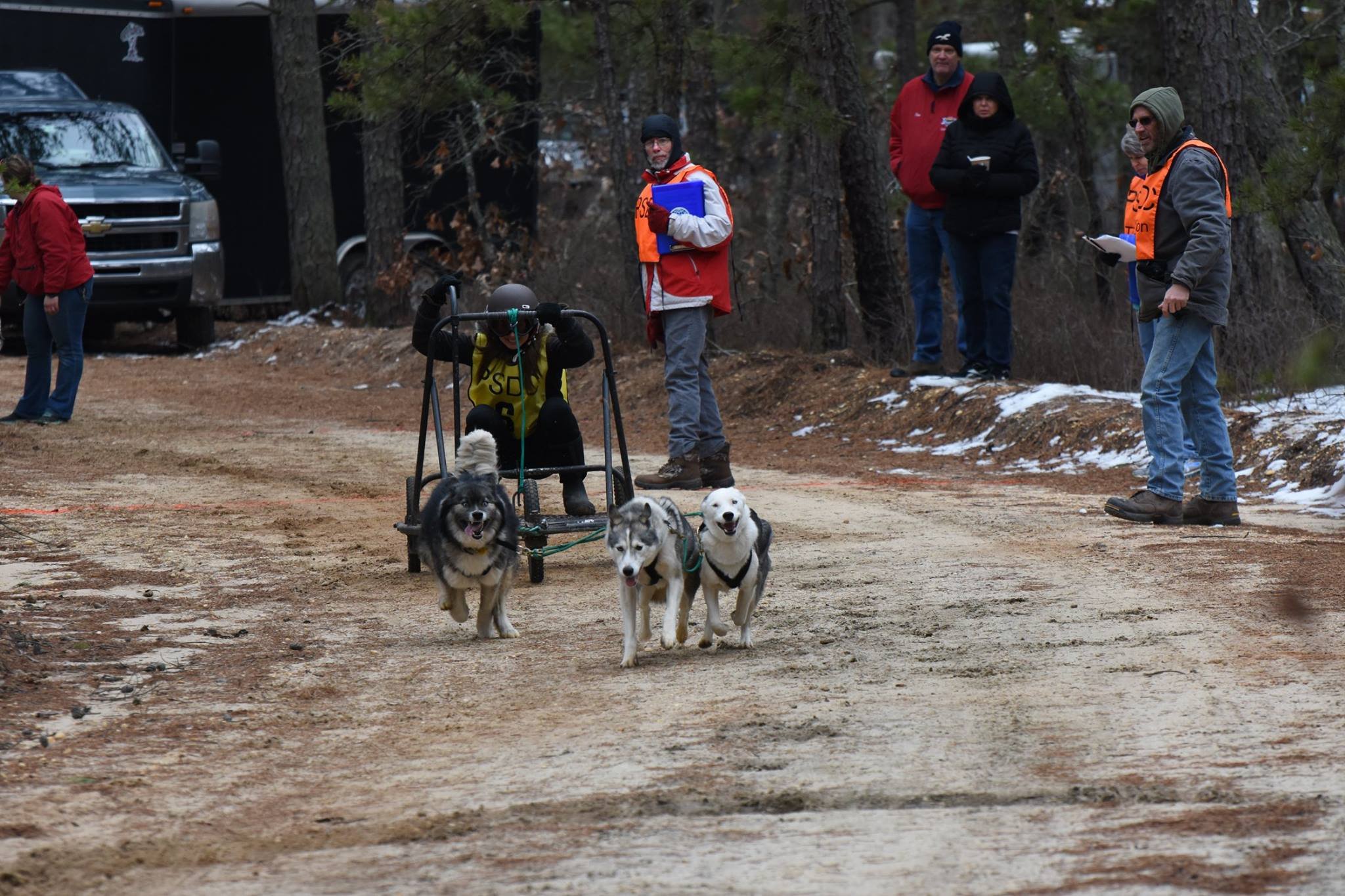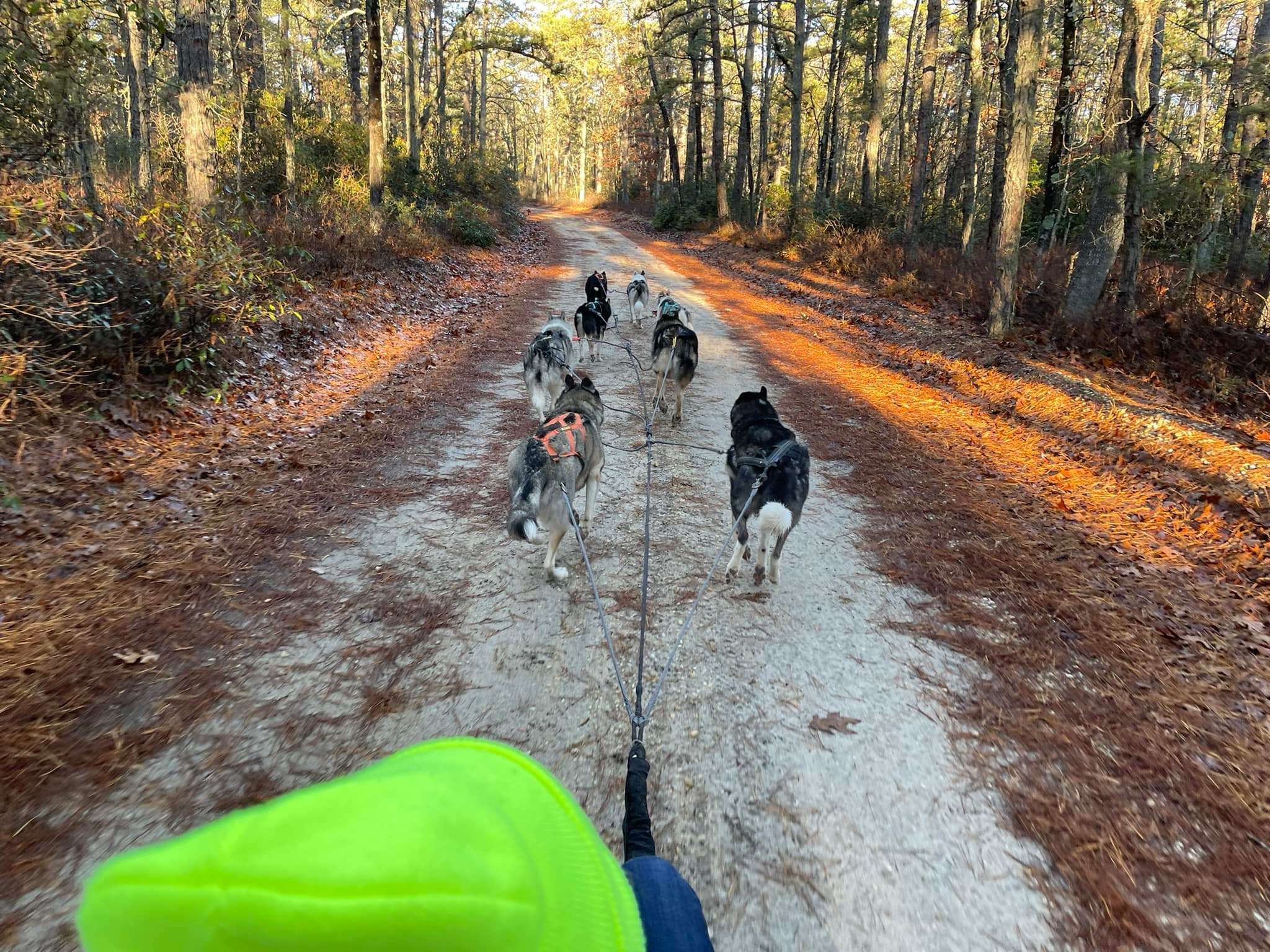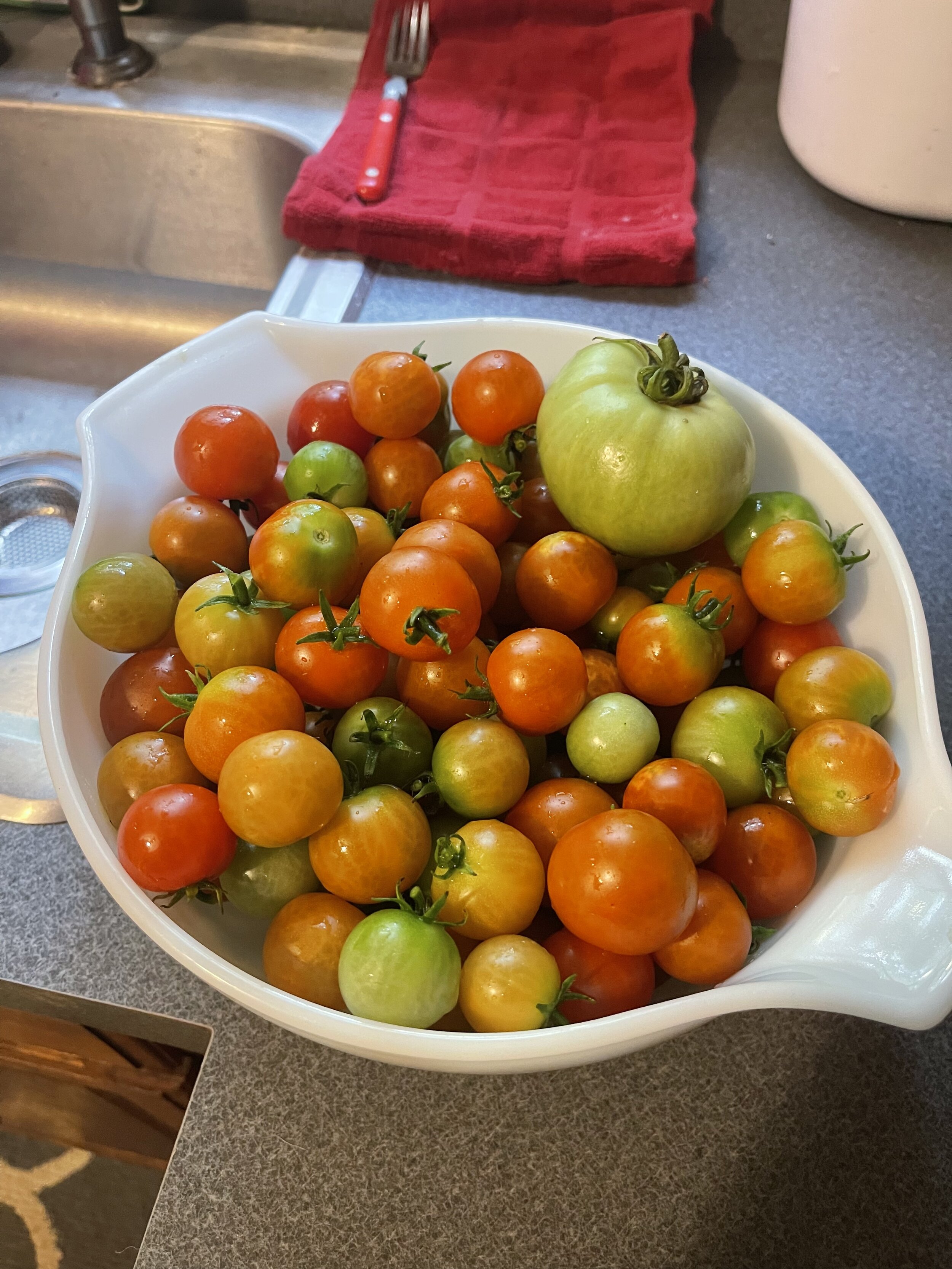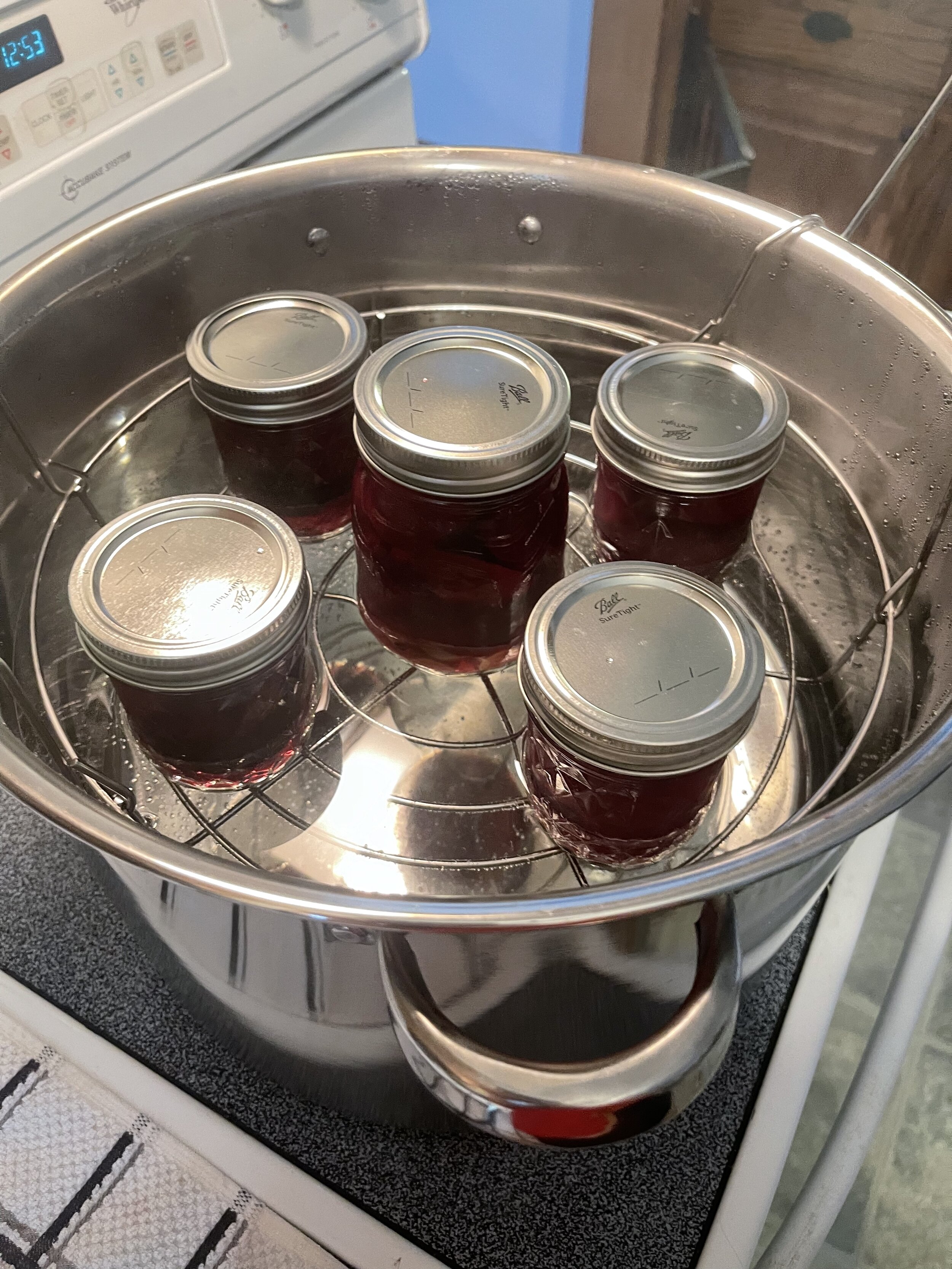If you're friends with me on any social media (or any mushers in general), you've probably heard how terrible this winter has been going, especially in the Northeast US. A week before Christmas, we did get over two feet of heavy, dense snow. Exciting, yes, but problematic. Grooming my home trail requires a bit of finesse, and with snow over two feet, the snowmobile kept tipping or getting stuck if I didn't go fast enough. So I mostly broke trail with dog power, which meant slow, exhausting runs. I also spent hours clearing snow from gates, garage doors, and the trailer. We only got a few sled runs in before our trip south (for Christmas) and a massive rain storm, which wrecked our snow anyway.
When I returned home, the trail was no longer safe to sled on. There were (and still are) trees and branches down all over. I've managed a few short runs with the ATV, but the ground is so saturated from snow melt and the near constant rain, every trip out deepens the already gnarly ruts.
The state forest received a bit more snow than we did, but after grooming, melt, freeze, and frequent use by snowmobilers, the base has gone down to only a few inches. A snow hook wouldn't hold a team by sled. I've been avoiding taking the ATV or rig there, fearing I would mess up what little base remained. It's also rough conditions for dogs' feet and joints during the early morning freezes.
Things aren't looking promising for our upcoming snow races. There's been little if any snow anywhere in this corner of the country. We did hit my target of 10 miles last month, but only once before the snow, the holidays, and the meltdown. I'm hopeful the state forest trail will be runnable with the ATV soon, so I can at least get us back to our pre-holiday mileage. There's no big snow in the long range forecast, only more rain and days in the 40s.
I wonder if the sled will see anymore action before spring. If this is the way things will be every winter, or if it’s just La Niña making things particularly bad. If I should move somewhere that’s strictly dryland, so I won’t have these frozen inbetween periods where I can’t run at all.




































































































